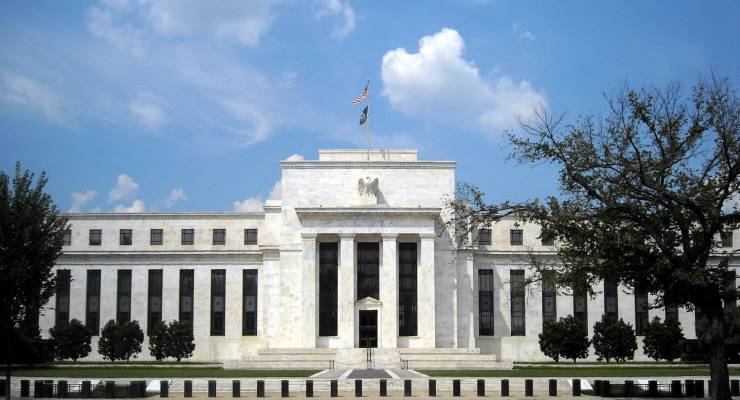
Australia now has a template for what could happen to its economic outlook if NSW suffers a similar outbreak to Victoria. It is the performance of the US economy.
In the June quarter, the United States recorded the biggest ever fall in GDP — 9.5% quarter on quarter (or 32.9% annualised, as the Americans do, three times more than the previous worse quarterly fall of 10% in the 1958 recession).
US jobless claims also rose for a second week in a row, instead of falling as they did from late March into early July.
With over 30 million people on state or federal benefits and federal support payments due to expire Friday US time, unless there is a deal in the Senate to extend them, the jobs situation there will worsen dramatically from Saturday.
The US GDP result was driven by a series of record slumps in consumer spending of 34.6% annualised, focused on service industries like travel, tourism, medical care and eating out — though goods purchases also dropped 11.3% despite Americans buying more groceries and other household staples.
Business investment also saw record falls — outlays on business infrastructure such as oil rigs fell 35% annualised while spending on equipment shrank by 37.7%. Investment in new housing also slumped by 38.7%.
The Reserve Bank (RBA) and Treasury are certainly following the US experience closely. Not only is the US Federal Reserve keeping financial markets alive — and propping up equities markets — it is now having to deal with the reversal of the tentative recovery in the US that accompanied the first, and in retrospect highly premature, reversal of lockdown in many states.
Australia faces nowhere near the same threat as the US economy, but the dangers are there if the Victorian and NSW situations deteriorate significantly. Treasury secretary Steven Kennedy told parliament this week that Victoria has already made its July update forecasts out of date — they suggested the economy would shrink by 7% in the June quarter (an annual rate of 28%, to use the same basis as the Americans).
With the federal government due to cut its JobSeeker and JobKeeper support payments in September, ANZ’s economics team reckon there is a growing chance of a double dip recession. They say that the reduction in government support on top of the problems in Victoria could see GDP fall by 0.4% in the December quarter after a 1.8% increase in the September quarter, which would inflict a savage blow on consumer confidence.
We will get an update from the RBA on its view of the economy next Friday in its third Statement On Monetary Policy for the year, with a bit of a preview in Tuesday’s post-meeting statement. As the numbers in Victoria worsen and the likelihood of a longer, perhaps harsher lockdown increases, the RBA’s economists will be downgrading our prospects, with one eye on the unfolding US tragedy.









What is the point of the continual reference to annualised rates? In the current circumstances how can it possibly be rational to assume that this quarter’s rate of contraction will be continued for the remainder of the year, or even for the next quarter? It might get better. It might equally get worse. How can anyone in their right mind think there’s a point in continually referring to annualised percentages, and often not refer to the actual quarterly rate, which is what was actually measured, at all?
Well with the UK, US and Australia in major financial difficulties, what better time to upset China? That way we can blame China for whatever problems we experience because Wuhan and foreigners.
Keep it quiet, all is going to plan, Russia and China are collapsing the US economy.
There are enough stupid undereducated people in Australia to easily eclipse the US.
So true. High chance of disappointment if relying on fellow citizens; 64% NFI, 32% dimly aware remaining 4% all over it.
Does anyone believe that this sort of reportage is worth the digital non-ink?
That which is not specious is irrelevant.